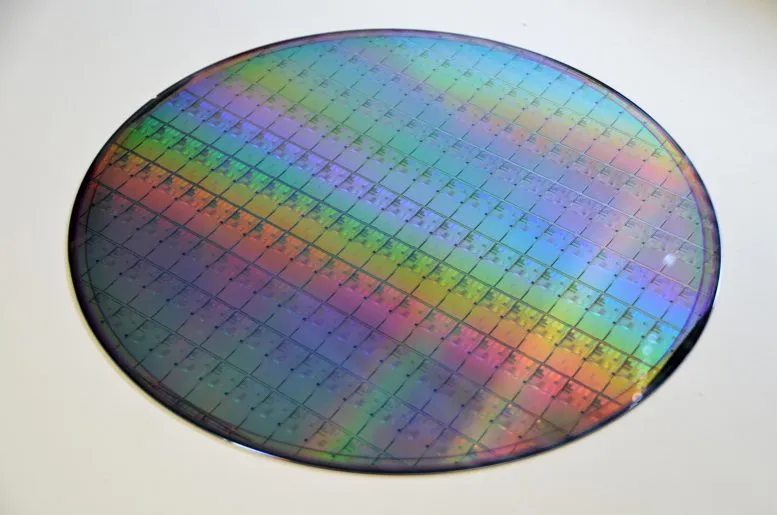WEB DESK, July 15(ABC): Extremely energy-efficient artificial intelligence is now closer to reality after a study by UCL researchers found a way to improve the accuracy of a brain-inspired computing system.
The system, which uses memristors to create artificial neural networks, is at least 1,000 times more energy efficient than conventional transistor-based AI hardware, but has until now been more prone to error.
Existing AI is extremely energy-intensive — training one AI model can generate 284 tonnes of carbon dioxide, equivalent to the lifetime emissions of five cars. Replacing the transistors that make up all digital devices with memristors, a novel electronic device first built in 2008, could reduce this to a fraction of a tonne of carbon dioxide — equivalent to emissions generated in an afternoon’s drive.
Since memristors are so much more energy-efficient than existing computing systems, they can potentially pack huge amounts of computing power into hand-held devices, removing the need to be connected to the Internet.
This is especially important as over-reliance on the Internet is expected to become problematic in future due to ever-increasing data demands and the difficulties of increasing data transmission capacity past a certain point.
In the new study, published in Nature Communications, engineers at UCL found that accuracy could be greatly improved by getting memristors to work together in several sub-groups of neural networks and averaging their calculations, meaning that flaws in each of the networks could be canceled out.
Memristors, described as “resistors with memory,” as they remember the amount of electric charge that flowed through them even after being turned off, were considered revolutionary when they were first built over a decade ago, a “missing link” in electronics to supplement the resistor, capacitor, and inductor. They have since been manufactured commercially in memory devices, but the research team say they could be used to develop AI systems within the next three years.
Memristors offer vastly improved efficiency because they operate not just in a binary code of ones and zeros, but at multiple levels between zero and one at the same time, meaning more information can be packed into each bit.

























